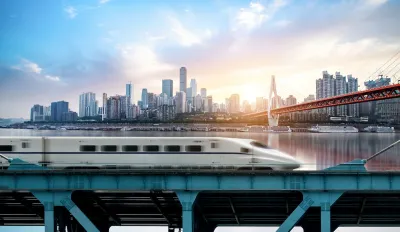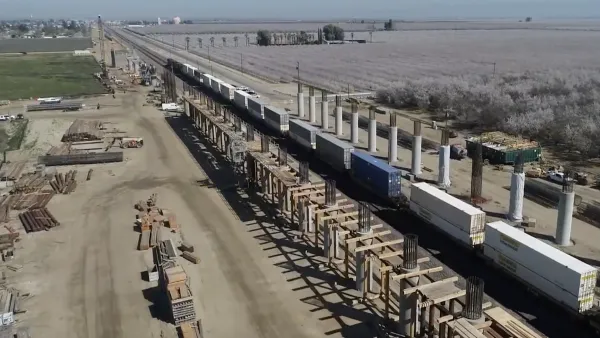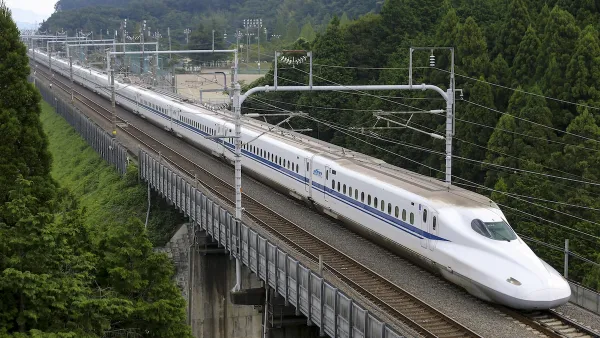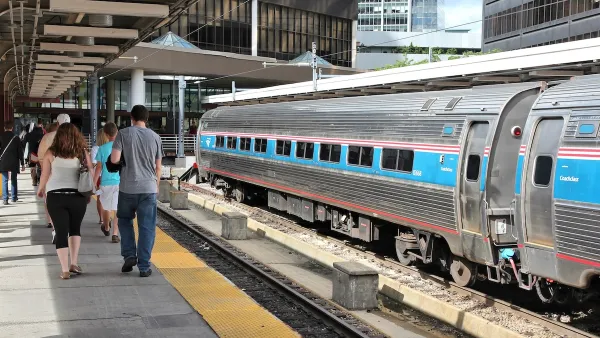The country is building tens of thousands of miles of rail service that is expensive to maintain and, in some cases, redundant.

In the last two decades, China has built over 30,000 miles of high-speed rail, reports Brian Spegele in MSN News. “The plan sticks to a well-worn economic model built on maintaining growth through infrastructure spending—even though China already has much of what it needs.”
However, the country’s rail operator has amassed nearly $1 trillion in debt and liabilities, and questions are being raised about how necessary many of the new rail lines, particularly those running to rural areas, are. “The line connecting Shanghai and the tech hub of Hangzhou, home to Alibaba, drew an average of around 100,000 passenger trips every day during its first decade between 2010 and 2020, according to state media.” But a similar line in rural Fushun County only reported roughly 9,000 daily trips, and some rural lines replicate existing services, rendering them unnecessary.
According to Spegele, “China is now practically duplicating some routes. High-speed trains have operated for years between the inland cities of Chongqing and Kunming, a journey that takes about five hours. China State Railway says a new $20 billion line being built between the cities, following a different path, will cut travel time to about two hours, while supporting the regional economy and promoting national unity.”
FULL STORY: China Is Building 30,000 Miles of High-Speed Rail—That It Might Not Need

National Parks Layoffs Will Cause Communities to Lose Billions
Thousands of essential park workers were laid off this week, just before the busy spring break season.

Retro-silient?: America’s First “Eco-burb,” The Woodlands Turns 50
A master-planned community north of Houston offers lessons on green infrastructure and resilient design, but falls short of its founder’s lofty affordability and walkability goals.

Delivering for America Plan Will Downgrade Mail Service in at Least 49.5 Percent of Zip Codes
Republican and Democrat lawmakers criticize the plan for its disproportionate negative impact on rural communities.

Test News Post 1
This is a summary

Test News Headline 46
Test for the image on the front page.

Balancing Bombs and Butterflies: How the National Guard Protects a Rare Species
The National Guard at Fort Indiantown Gap uses GIS technology and land management strategies to balance military training with conservation efforts, ensuring the survival of the rare eastern regal fritillary butterfly.
Urban Design for Planners 1: Software Tools
This six-course series explores essential urban design concepts using open source software and equips planners with the tools they need to participate fully in the urban design process.
Planning for Universal Design
Learn the tools for implementing Universal Design in planning regulations.
EMC Planning Group, Inc.
Planetizen
Planetizen
Mpact (formerly Rail~Volution)
Great Falls Development Authority, Inc.
HUDs Office of Policy Development and Research
NYU Wagner Graduate School of Public Service





























